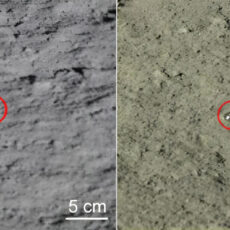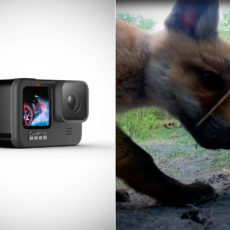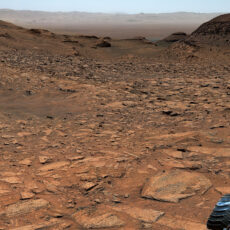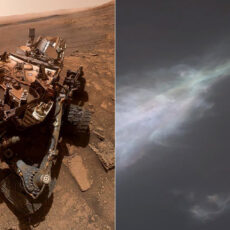
Curiosity, NASA’s battle-scarred rover, has been exploring the Red Planet since 2012 like a cosmic detective, and now it’s stumbled into a strange area near Mount Sharp. The ground here is etched with boxwork patterns—delicate, crisscrossing ridges that look like nature’s take on a waffle iron.
From orbit, the boxwork ridges on Mars look like delicate spiderwebs. However, they are just low, ridges—barely a few inches tall—etched into the planet’s bedrock. Scientists say these formed billions of years ago as groundwater seeped through cracks, depositing minerals that set like cement. winds then carved away the softer stone, leaving these tough lattices standing.
- Feed a passion for science and technology – Kids can learn more about the challenges of space exploration with this LEGO Technic NASA Mars Rover...
- Conduct a test flight – This advanced building kit for kids ages 10 and up includes a buildable toy version of NASA’s Ingenuity helicopter, which...
- AR brings the mission to life – The accompanying augmented reality app experience lets kids dive into the details of the rover and its mission
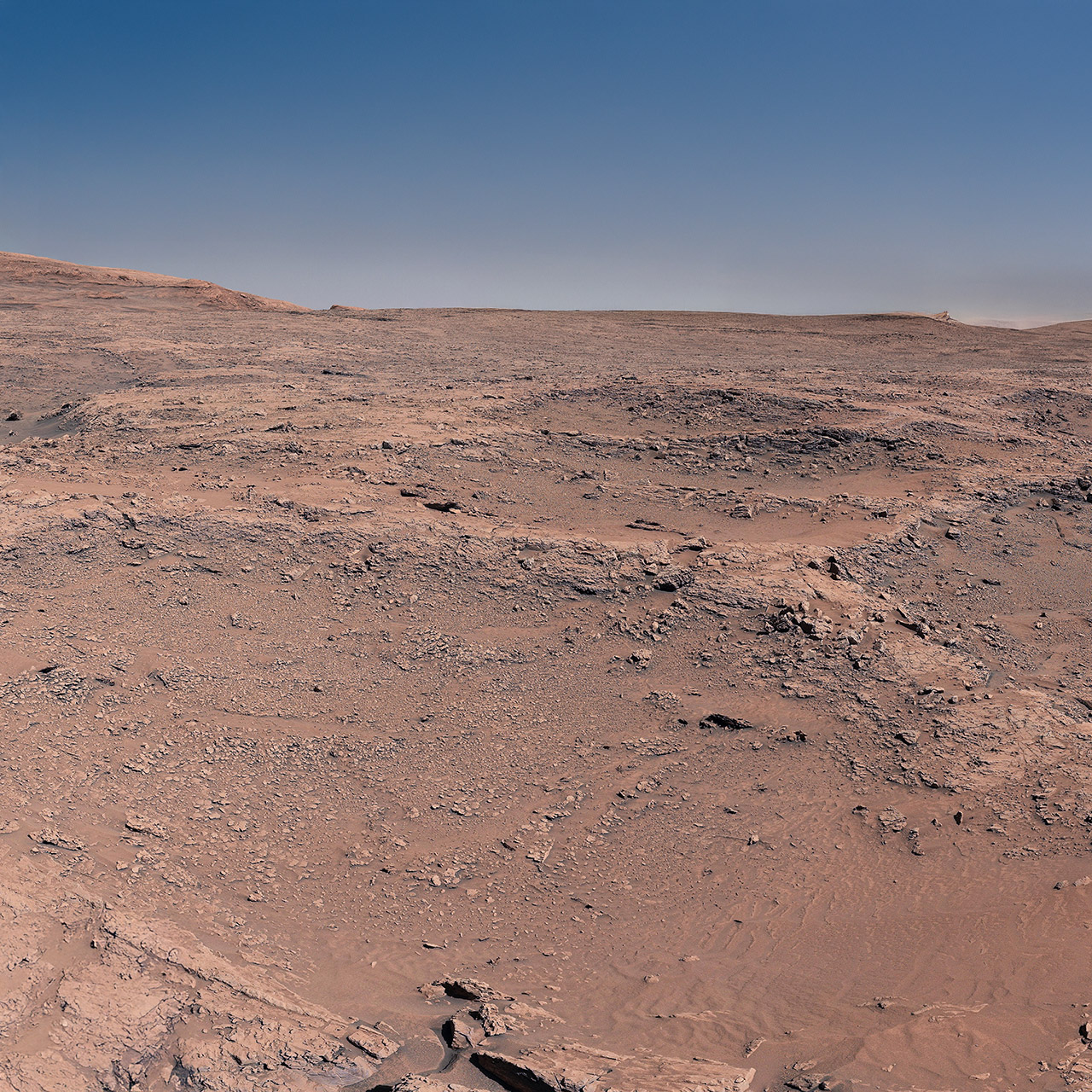
Curiosity paused at a rock dubbed “Altadena” on June 8, 2025, drilling out a sample that stands out from the rest of the Mount Sharp. It’s laced with fine cracks filled with white calcium sulfate veins—salty traces of ancient groundwater that hint at Mars’ wetter past. Abigail Fraeman, Curiosity’s deputy project scientist at JPL, calls this a surprising twist: “These calcium sulfate veins used to be everywhere, but they more or less disappeared as we climbed higher up. The team is excited to figure out why they’ve returned now.” The rover’s instruments are now analyzing the Altadena Altadena sample, hunting for organic molecules or other signs of a once-habitable world.
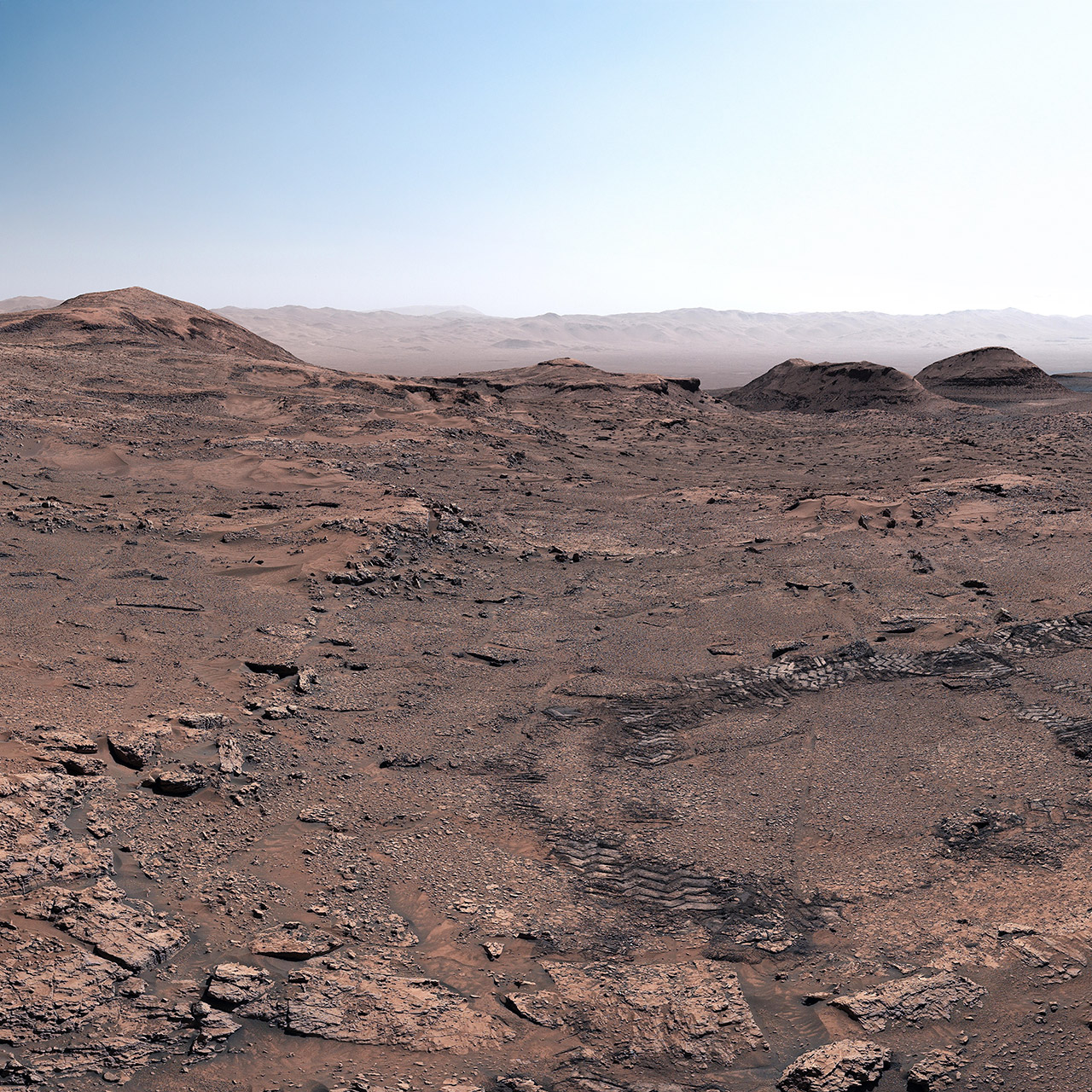
This boxwork region isn’t isn’t just a snapshot of Mars’ past—it’s a puzzle of its evolution. The ridges sit within a sulfate-rich layer, a clue that this area formed as Mars’ planet’s climate grew drier. Yet, the groundwater evidence suggests water lingered underground, shaping the landscape even as the planet’s surface turned desert. The patterns stretch for miles, some spanning 6 to 12 miles across Mount Sharp, hinting at a vast scale of this process. “The boxwork patterns show that even in the midst of this drying, water was still present underground, creating changes seen today,” notes the Curiosity team.
Since touching down in Gale Crater, Curiosity has racked up roughly 20 miles, weaving through rocky channels like Gediz Vallis, where it recently dug up pure sulfur stones. Now, roaming the boxwork terrain, the rover’s Mastcam weaves together stunning mosaics, like a 291-image panorama that makes this Martian landscape pop. The images are color-adjusted to mimic Earth’s lighting, which explains the blue sky, and show the rover’s tracks carving through the dust, with a butte dubbed ‘Texoli’ looming on the right and Gale Crater’s rim faintly visible in the distance
What’s next for Curiosity? More drilling, more samples, more questions. The team plans to probe larger boxwork ridges farther afield, comparing their minerals to Altadena’s. They’re also on the lookout for organic molecules, the building blocks of life, preserved in these cemented ridges.



